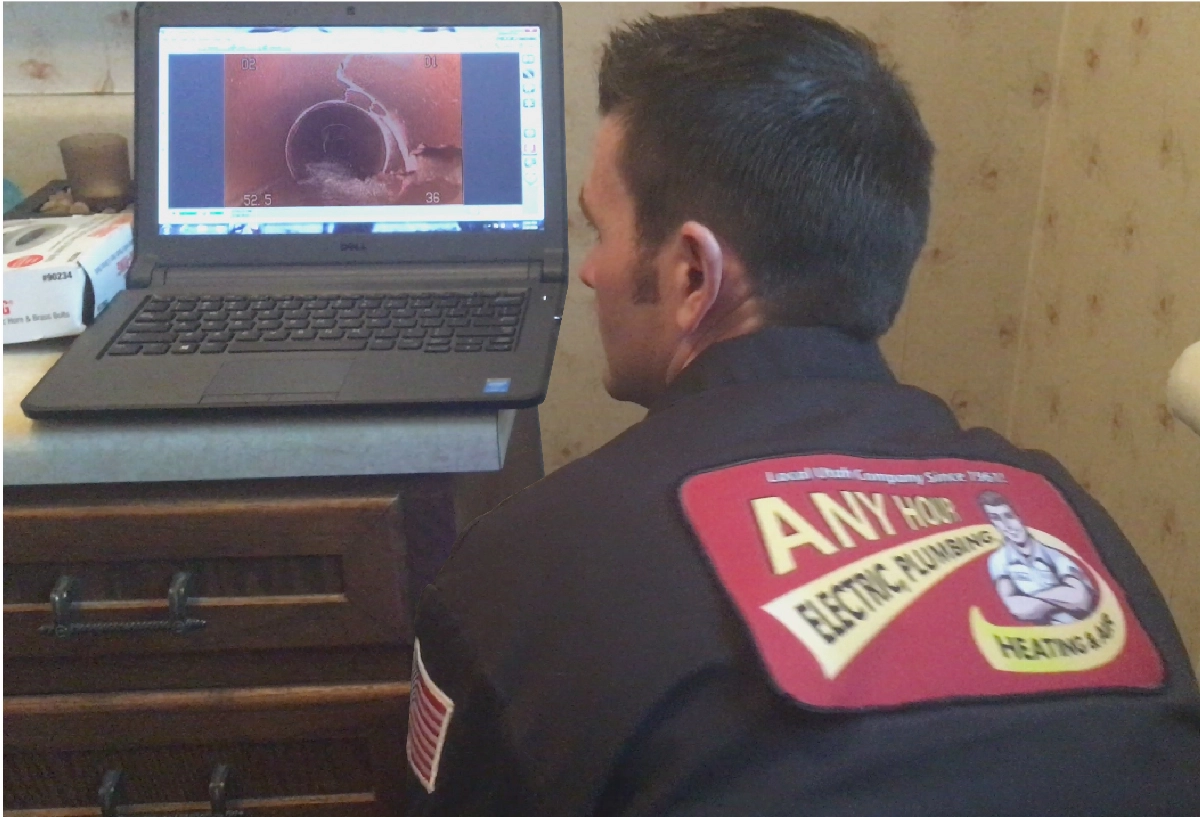You may have heard that tree roots can cause a lot of problems with your sewer mainline. And it’s possible that you relaxed a little bit when you heard that because you don’t have any trees. But the fact is, you don’t need trees for roots to be a problem. In this article, we talk about how roots can affect your sewer mainline even if you don’t have trees. We’ll also go over some things you can do if roots are giving you problems.
The first thing to clear up is why roots are a problem. Roots often don’t cause sewer mainline issues on their own. Most of the time, they find their way to mainlines already leaking from gaps in the joints or cracks. Those leaks let nutrients seep into the ground, and that’s what those roots are after. Then once the roots find the leaks, they make the problem worse.
And trees aren’t the only plants that look for those nutrients. Almost all plants will seek out water and nutrients anywhere they find them. That includes your main sewer line. And several other plants also have long-reaching roots that can dive into the gaps in a failing pipe. Some other deep-diving root culprits include crabgrass and even rose bushes.

So, what do you do when you're dealing with slow drains, backups, gurgling toilets, or wet spots in your yard? If there isn't too much damage from the roots, pipe lining is an excellent option. That's because it seals any opening where roots could sneak in. Another option is to lay a new mainline. Modern materials allow for tighter-fitting joints and fewer cracks. Better installation practices help your pipes last even longer.
Before you take any major repair action, though, it's a good idea to send a camera down. That way a drain technician can give you a clear view of what's going on inside your pipes. That can give you the information you need to make an informed decision on repair options. Many companies specialize in drains and should have the equipment to inspect them.
